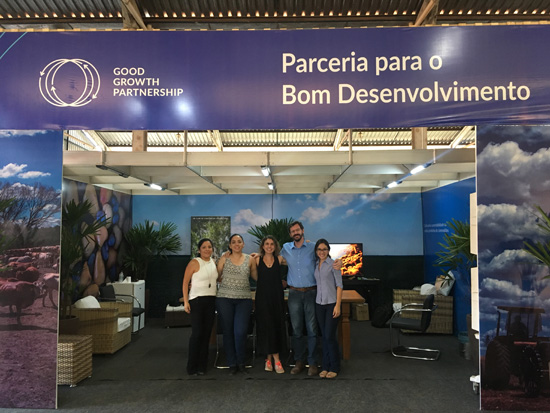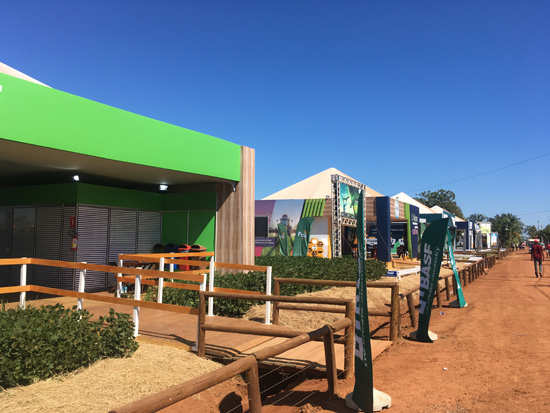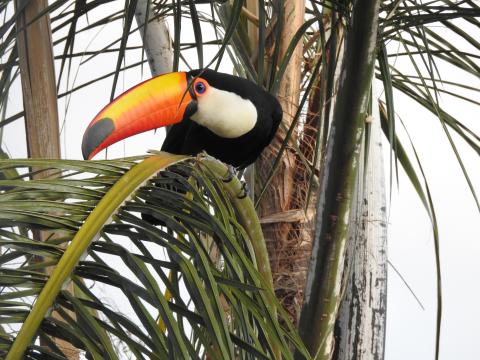Economic mechanisms for sustainable agriculture in Brazil

CSF-Brazil is engaged in an international project to develop holistic, sustainable commodity production. We are working in partnership with the Amazonian Environmental Research Institute (IPAM) and the Management and Certification of Forestry and Agriculture Institute (IMAFLORA), to take part in Conservation International’s Good Growth Partnership. In Brazil, the main focus of the project is on soybean production, specifically in MATOPIBA region, comprised of Maranhão, Tocantins, Piaui, and Bahia states. Agricultural production has grown rapidly in MATOPIBA, and most of the growth has taken place in Cerrado biome (grassland), but the Caatinga (desert) and Amazonia (rainforest) biomes have seen some impacts as well.
CSF-Brazil’s analysis seeks to find financial incentives and other mechanisms that will help producers adopt more sustainable agricultural practices. We will identify the mechanisms that stimulate a behavior change in producers, shifting from current methods to more sustainable ones. Some of the mechanisms we will examine are payments for ecosystem services, improved tax policy, personal influence, and specialty markets.
As part of this project, CSF-Brazil staff visited the agriculture and technology fair of Tocantins state, held by the Secretary of Agriculture, Livestock and Fisheries, earlier this month. People from all parts of the agricultural sector in Brazil attend this event, and participate in the many talks, workshops, expositions, and product launches hosted there.
Our goal at the event was to meet local farmers, and gather some information about the sector. At this stage in the project, we want to get to know the producers and understand their preferences, in order to develop a regional profile and determine our next steps. We also hoped to promote discussion about sustainable strategies.

During the fair we had the opportunity to talk with soy producers, agronomists, and experts from specialized private companies. It was really interesting to learn that local producers are open to switching to more sustainable production methods, and are also eager to explore ways to make money from their private forests without destroying them. And even though many farmers are already applying some sustainable practices on their lands, there is still room for improvement. Through this project, we will be looking for ways to use financial incentives and other mechanisms to keep the momentum going towards more sustainable practices.
This project is funded by Conservation International Brasil, via the United Nations Development Programme (UNDP) in its role of the MATOPIBA Global Environment Facility. Stay tuned for more updates in the coming months!
- Log in to post comments

